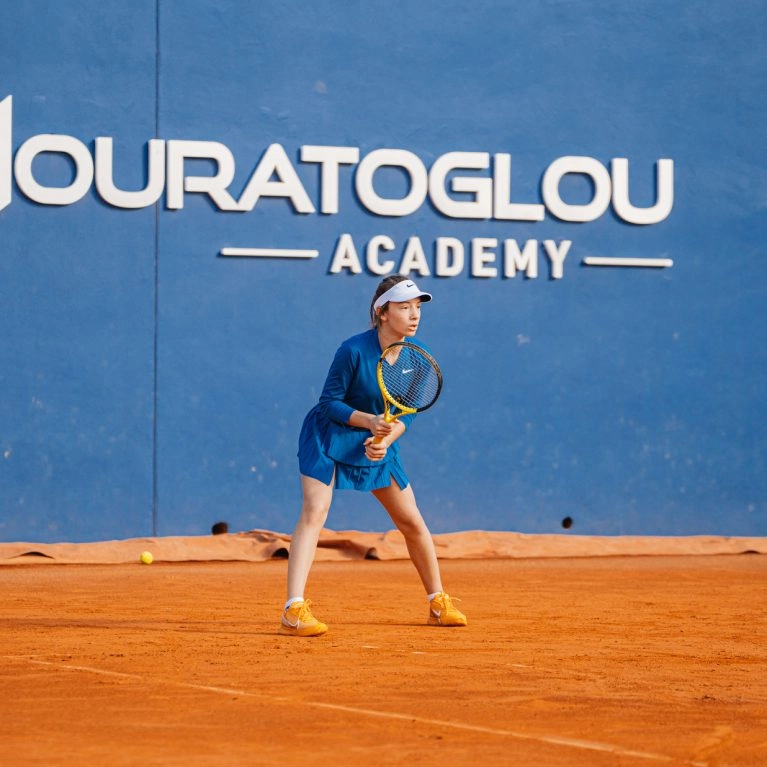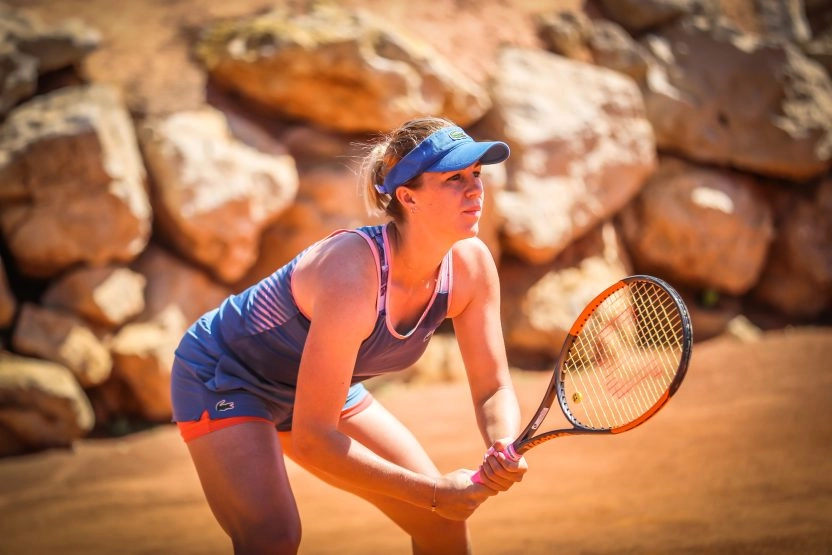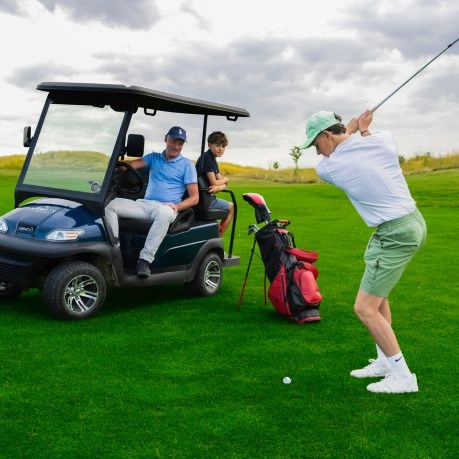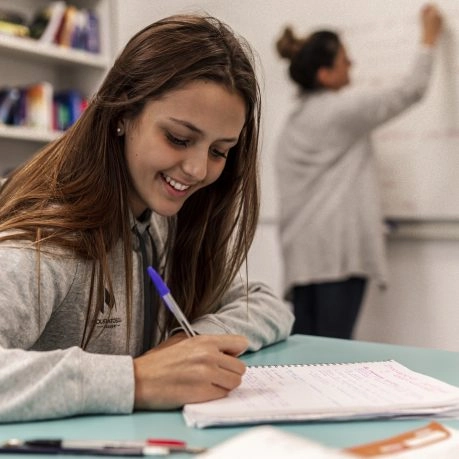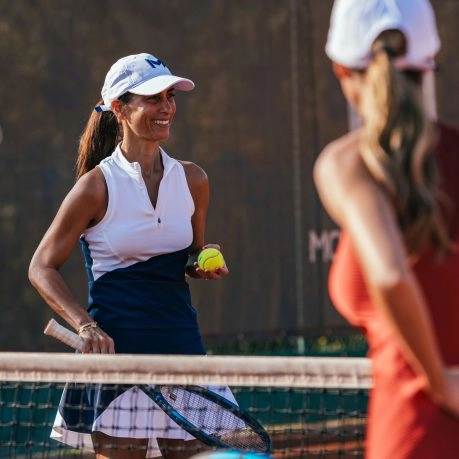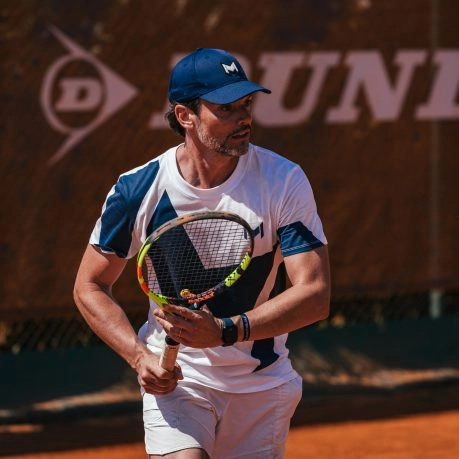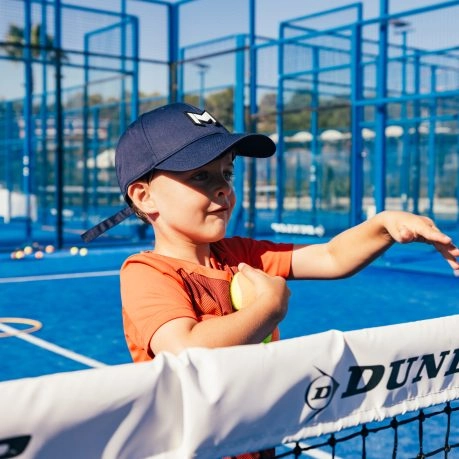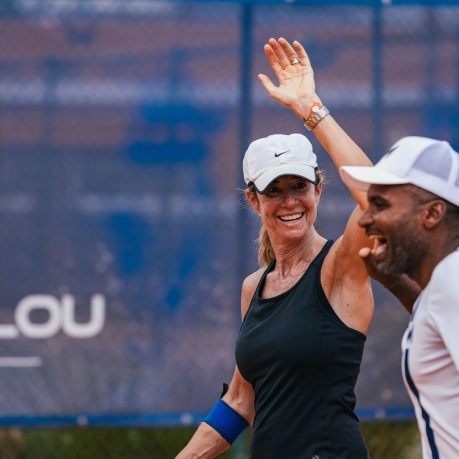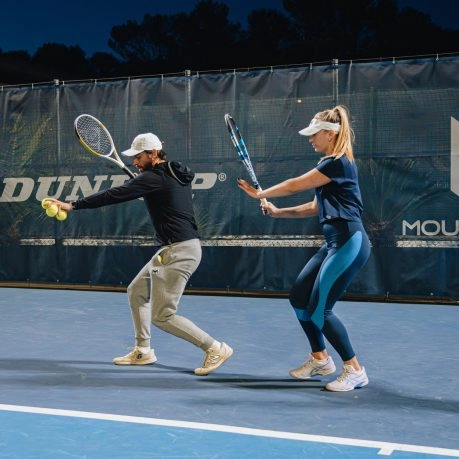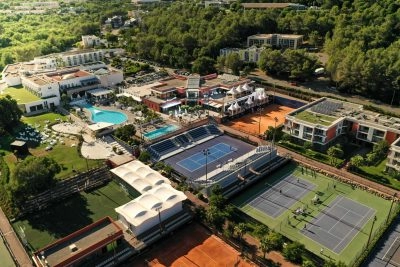Back to a lifted serve
The lifted serve produces a ball that bounces high. Here’s how to counter it effectively:
- Grip: To respond to a lifted serve, use a more closed grip (semi-open or closed) to hit the ball on the way up.
- Timing: Hit the ball at the top of the bounce to avoid being thrown off balance by the height. This allows you to take the initiative by hitting the ball with control and power.
-
Return on a slice serve
The slice serve deflects the ball sideways and can be surprising if you don’t anticipate the curved trajectory:
- Anticipatory positioning: Stand slightly closer to the side where you expect the serve to be sliced.
- Cross-hitting: Use the sliced trajectory of the ball to hit a cross-court return. This allows you to destabilise your opponent by exploiting the angles of the court.
-
Returning a flat serve
The flat serve is often the quickest and requires an immediate reaction:
- More open grip: A continental or semi-open grip allows you to better control returns on a fast serve.
- Quick game: Against a flat serve, you need to keep your return simple and quick, relying on the speed of the serve to redirect the ball effectively.
